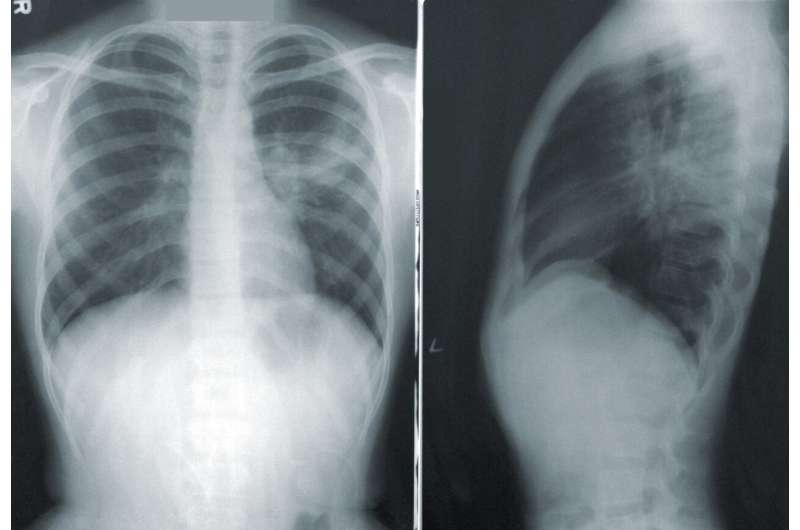Innovative Toolkit Developed by Researchers to Combat Brain Disorders

Discover how researchers from UC Irvine have developed advanced AAV vector tools to target specific brain cells, opening new pathways for treating neurological disorders like Alzheimer's and stroke.
Recent advancements in neuroscience have led to the development of a new toolkit aimed at improving the understanding and treatment of various brain disorders. Spearheaded by scientists from the University of California, Irvine, the Armamentarium consortium has made significant progress with tools based on Adeno-associated virus (AAV) vectors. These vectors serve as delivery vehicles, capable of transporting custom-designed DNA into specific brain cells, acting like biological shuttles that can cross the blood-brain barrier.
Two pivotal studies, led by researcher Xiangmin Xu and his team, have demonstrated how these AAV-based technologies can target different cell types within the brain, offering promising avenues for precise gene therapy. One study, published in 'Neuron,' focuses on targeting brain endothelial cells, which are critical components of the blood-brain barrier. This work enables the delivery of therapeutic agents directly to brain blood vessels, potentially bypassing the barrier to treat conditions such as Alzheimer's disease with minimal side effects.
The second study, published in 'Cell Reports Methods,' explores a specialized AAV capsid that can specifically target excitatory neurons in the forebrain. These neurons are essential for cognitive functions like memory and spatial navigation. The researchers discovered that this AAV capsid, known as AAV-MG1.2, can selectively infect and deliver genes to these neurons across various species, opening possibilities for targeted neurological therapies.
The collaborative efforts between UC Irvine, UC San Diego, and the Allen Institute have helped establish these cutting-edge tools, which could revolutionize how neurological diseases are treated. The ultimate goal is to refine these vectors to deliver therapeutic drugs or gene editing tools directly into the brain, potentially offering new hope for patients suffering from stroke, Alzheimer's, and other neurodegenerative conditions.
Dr. Todd C. Holmes emphasizes that this work is part of a broader vision to create innovative technologies for curing currently untreatable brain diseases by integrating neuroscience, genomics, and biomedical engineering. As research progresses, the team aims to further understand the mechanisms underlying the targeting specificity of these AAV vectors, paving the way for future clinical applications.
Stay Updated with Mia's Feed
Get the latest health & wellness insights delivered straight to your inbox.
Related Articles
Research Reveals Communication Gaps and Emphasizes Shared Decision-Making in Lung Cancer Diagnosis
A recent study reveals significant communication gaps in lung cancer care across Europe, emphasizing the need for improved patient-provider dialogue and shared decision-making to enhance outcomes.
Salmonella Outbreak Leads to Major Egg Recall Across Nine States
A salmonella outbreak has led to a recall of over 1.7 million eggs across nine states, causing illness in dozens. Learn how to identify and respond to contaminated eggs.
Perception of Being Awake During Sleep Tied to Normal Brain Function, Not Just Insomnia
New research indicates that the perception of being awake during sleep is linked to normal brain activity, challenging traditional views on sleep and wake boundaries. Findings highlight the importance of brain function in sleep perception and potential treatments for insomnia.



